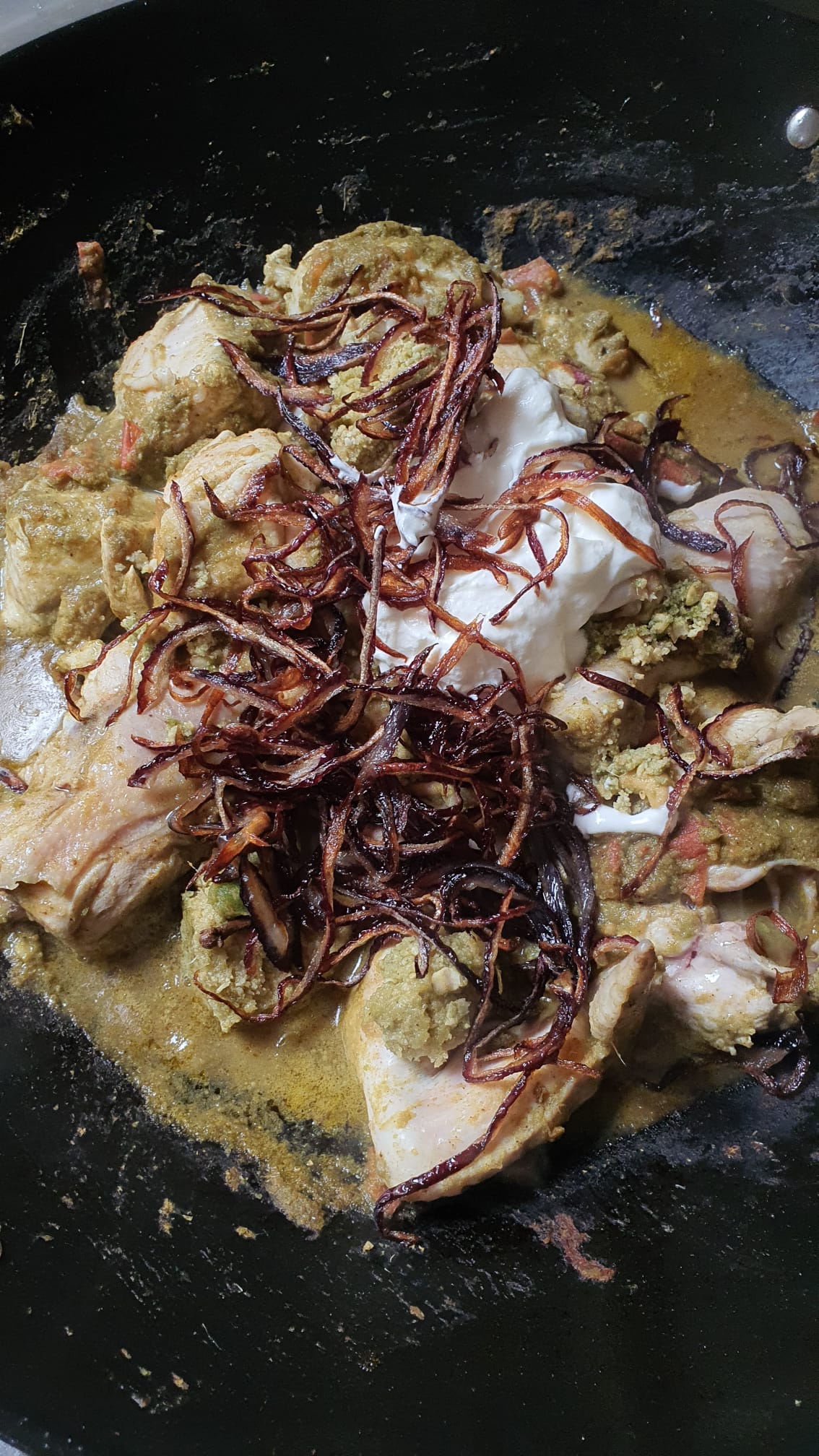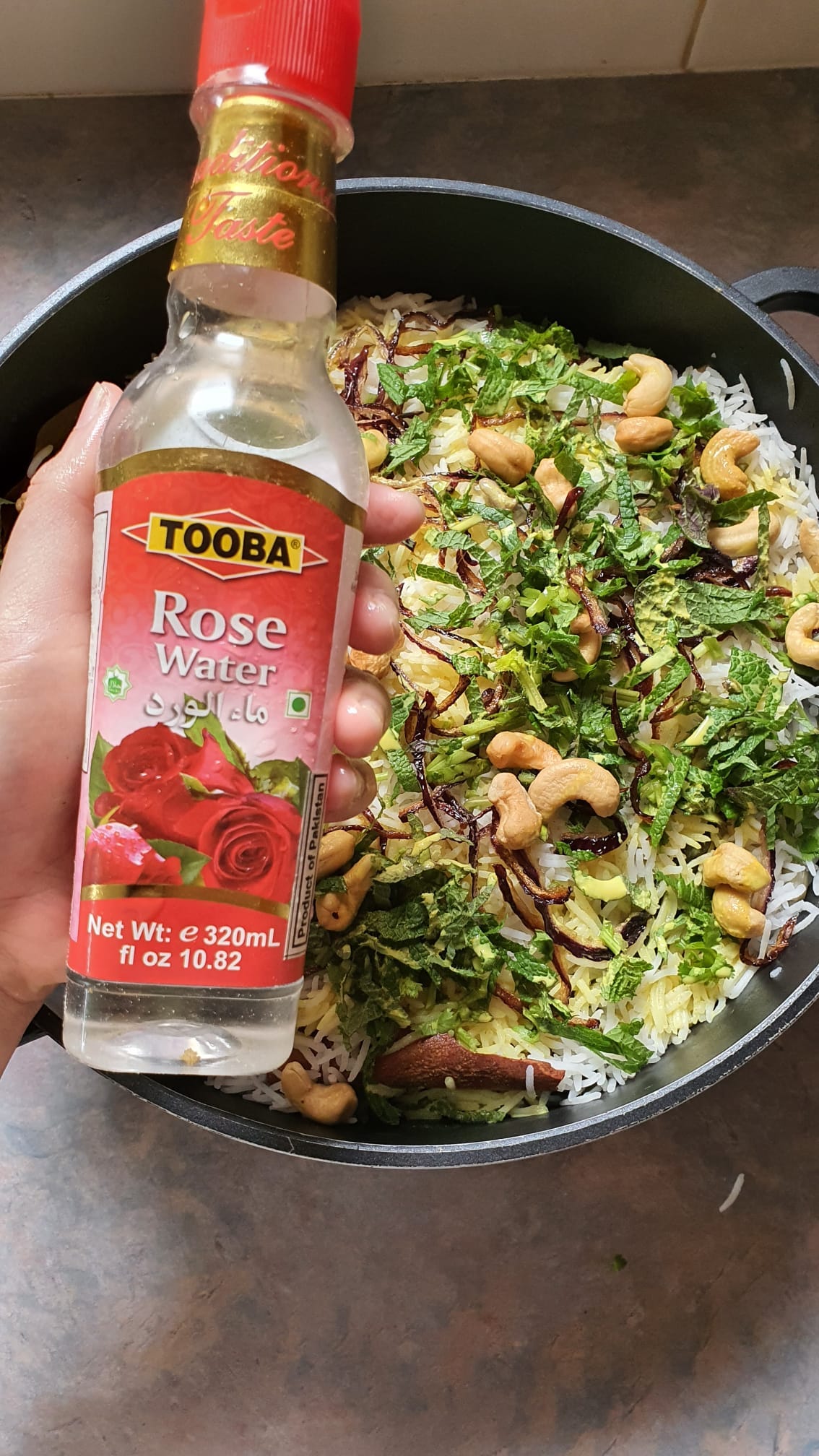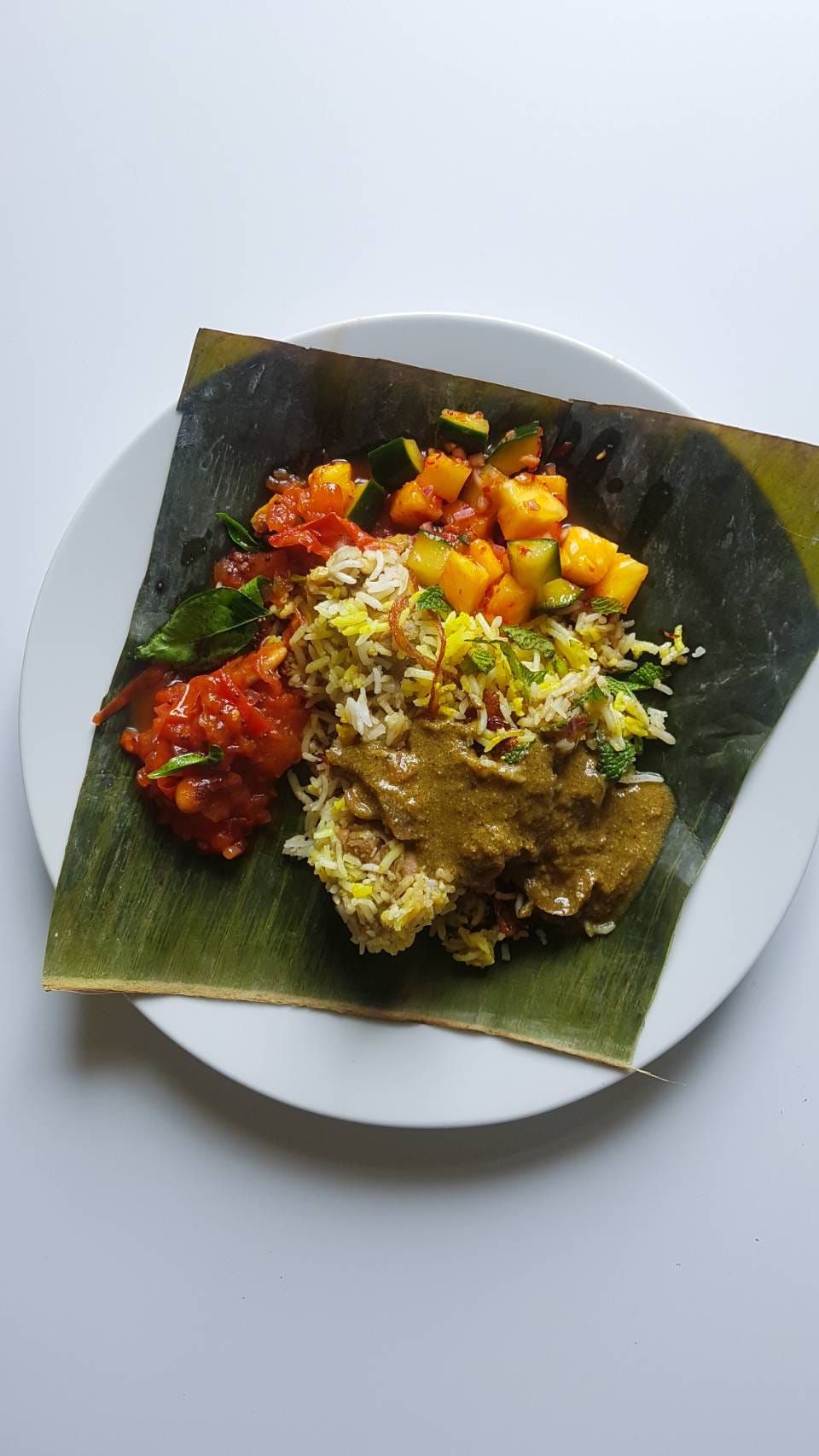Hello and welcome back to the newsletter! Singapore Noodles is a fully independent, one-woman initiative that is 100% member-supported. By being a member of SGPN+, you will receive exclusive recipes/ content and will be directly supporting the work of preserving Singaporean food heritage. If you love the podcast/ newsletter, get value out of it, and believe in the work that I do, then please consider a paid subscription:
I’m not sure about you, but in our house, we buy everything in bulk. It’s both a cost and an environmental thing - if you buy something you know you’re gonna use in bulk, chances are that you’re going to save in cash and packaging in the long run. That’s why we often get the 20kg sack of rice over the 10kg. And being Asian, we can hardly pass up the rotating half-price deal at our supermarket, so recently when I was doing a deep-clean of the kitchen, look what I found:
Four varieties of rice, six bags. A bit excessive, I have to admit… probably enough rice to last us two years. This all gave me a sudden itch to make biryani, which felt especially fitting given that it’s the season of Deepavali!
Making biryani can feel like a mammoth task and the ingredient list is long, but you can think of it as three essential parts - the protein, the rice, and the garnish - and split tasks up across days if you like. The version of biryani that I made is loosely based on the chicken version in Madam Krishnan’s South Indian Recipes, a slim, locally produced cookbook which I love.
Step one: making the birista (crispy fried onions). If you think fried shallots from the Asian supermarket tastes good, wait till you try ghee-fried onions. Dangerously addictive. I make my own ghee because it’s really not much harder than melting a block of butter and sieving it to get rid of the caramelised milk solids, and it’s much cheaper than buying it from the health food aisle.
Step two: cook the chicken: The chicken part of the biryani equation begins with whole spices and diced tomatoes heated in some of the fragrant, onion-infused ghee. When the tomatoes break down, we add a masala of green chillies, spices, garlic, coriander, ginger, and cashews.
A chopped-up chicken goes into the pan, along with a tiny bit of water, yoghurt, and half of the fried onions. (Fried onions do double-duty in biryani - both functioning as a garnish, and being foundational to the flavour of the gravy much like when you caramelise onions at the start of a recipe.)
Cover and allow the chicken to simmer until it is partially cooked, and that’s the chicken component done! Honestly pretty much any thick, saucy braise can form the protein component of your biryani - I’ve even made biryani with ayam masak merah, which is deeeelicious. The only requirement is that the sauce and chicken should be well-seasoned, and that the gravy is thick.
Cooking the rice: Next comes the rice component of the dish. A year ago, I was told that India Gate has the best basmati rice and it changed my life forever. I’ve not had rice at home that’s so fluffy or light - it blows all the supermarket basmati rice I’ve used over the years out of the water.
Before cooking the rice, it has to be soaked for 30 minutes. This allows the rice grains to elongate into lovely long grains when cooked. After that, the rice is cooked in an aromatic bath of whole spices and pandan leaves (something I gleaned from Madam Krishnan - pandan in biryani seems very Singaporean indeed!) Like pasta, the key to cooking rice for biryani is to salt the water aggressively or the entire dish will end up being underseasoned.
Because we are going to steam the rice and chicken together later, they don’t have to be fully cooked. The way I like to test if the rice is done is by applying pressure to a grain with my thumb - the moment the rice grain is tender enough to break cleanly in two, I drain it in a colander.
Assembly: This is my favourite part of the whole process. You place half of the chicken and gravy into a wide pot (I set aside a small amount gravy to serve the biryani with), then top it with half of the rice and your preferred garnishes. I’m using coriander stems, mint leaves, the crispy onions, and cashews. I would have used raisins if I had them!
Repeat the process one more time, so you get two layers. Then sprinkle over some rosewater, which I feel adds sensualness to the dish. You’ll also want to stain your rice. Usually this is done with saffron water, but I didn’t have saffron threads on hand, so I used a mix of hot milk and turmeric powder. It does a really good job of staining the rice and is economical so don’t knock it! (Wex doesn’t care for the scent of saffron too, so this was perfect.) Finally, drizzle over some of the remaining fragrant ghee over everything.
Cooking the biryani: To cook biryani dum-style, which means to cook it in trapped steam, you’ll need to seal the pot airtight. There are several ways to do it, but my favourite is to make a dough seal by mixing together some flour and water by eye to form a stiff dough. Line the circumference of the pot, and cover the steam-hole in the lid with dough. At this point, you can cook the biryani in your oven if your pot is heatproof. Otherwise, cook it on your stove, on top of a cast-iron pan for even heating.
Here’s how our dinner turned out! We ate the biryani with bits and bobs of leftovers from the fridge, and it made for a very satisfying meal.
Just to show you a visual comparison between supermarket basmati and India Gate biryani (haha not an ad), this was the same biryani cooked last year, and look at how much stodgier and shorter the grains look! The difference is unreal! I’ve put the recipes for the biryani and a super quick pineapple achar below (I highly recommend making the achar; it is such a fresh, light counterpoint to the biryani.) Happy Deepavali/ Tihar/ Diwali everyone! ✨🧡
Chicken dum biryani & a quick achar
Serves 6-8
Green masala:
2 tsp cinnamon powder | 4 cloves | 4 green cardamom | 2 tsp mace powder | 2 tsp fennel powder | 2 tsp cumin powder |1 tsp black peppercorns | 5 green chillies, deseeded if you prefer | A small bunch of coriander leaves | A small bunch of mint leaves | 25g peeled ginger | 20g garlic cloves | 60g cashews
Fried onions:
500g ghee | 250g peeled and sliced onions
For the chicken:
1 cinnamon stick | 5 cloves | 5 green cardamoms | 1 black cardamom | 2 star anise | 2 bay leaves | 300g diced tomatoes | 1.5kg chicken pieces, marinated in 1 tbsp salt overnight | 150g water | 100g yogurt | ½ lemon, squeezed | Salt and sugar to taste
For the rice:
1 cinnamon stick | 5 cloves | 5 green cardamoms | 1 black cardamom | 2 star anise | 2 bay leaves | 2 pandan leaves, knotted | 525g basmati rice, soaked 30 minutes
For the assembly:
50g raisins | 50g cashews | 60g milk + 1 tsp turmeric powder | 4 tbsp ghee | 4 tbsp rose water | Enough flour and water to make a dough
For the achar:
1 red chilli | 1 tbsp sugar | 1 tsp salt | 2 big limes, squeezed | 1 tbsp vinegar | 2 tbsp jarred chilli garlic sauce | 375g pineapple, cored, cut into small cubes | 250g cucumber, seeds removed, cut into small cubes | 40g peeled and chopped onions
Green masala and fried onions: Grind all the ingredients for the green masala into a smooth paste and set aside. Combine the ghee and onions in a large saucepan/ wok and set on high heat. Cook until the onions turn golden, stirring occasionally, then pass the contents of the pan through a sieve set on top of a bowl.
Chicken: Leave 3 tablespoons ghee in the saucepan and add the whole spices and diced tomatoes. Fry on high heat until the tomatoes break down. Add green masala mixture and fry for another minute or so. Add the chicken, 150g water, yogurt and half of the fried onions. Simmer for 15 minutes. Add the lemon juice and adjust with more salt and sugar to taste. The gravy should be heavily seasoned.
Rice: To a large pot of well-salted water, add the whole spices, and pandan. Bring to a boil on high heat. Drain the basmati rice and add to the boiling water. Cook until the rice is almost completely tender. Drain through a colander.
Assembly: Add half of the chicken and gravy to a wide, large pot. Top with half of the rice, fried onions, raisins, and cashews. Repeat with a second layer. Drizzle over the turmeric milk, ghee, and rose water. Make a dough with flour and water and line the circumference of the pot with it. Cover the pot with a lid, and set the pot on a cast-iron pan. Heat on high heat for 5 minutes, then turn the heat to low, and cook for 30 minutes. When the biryani is done, turn off the heat and allow the biryani to rest for 15 minutes before lifting the lid.
For the achar: Grind together the chilli, sugar, salt, lime juice, vinegar, chilli garlic sauce in a small blender. Mix together the dressing, pineapple, cucumber and onions. Sit for at least 30 minutes while the biryani cooks and rests.
















Pam - I use the same recipe!! That little book is a gem!